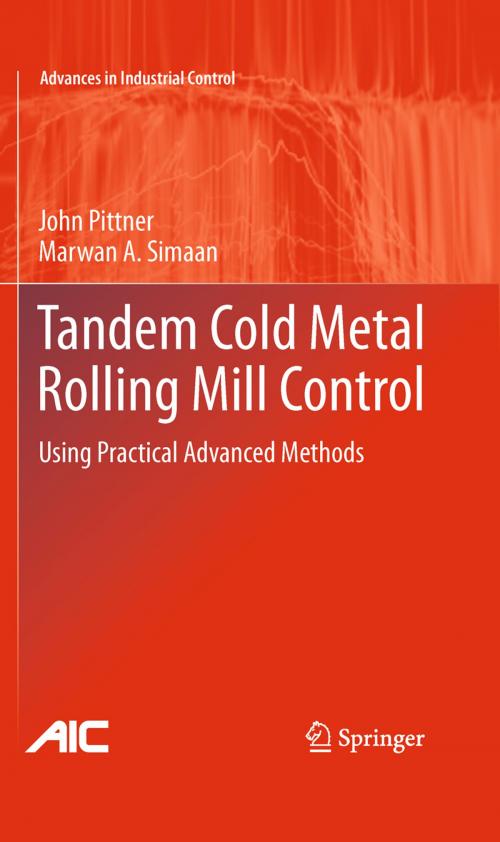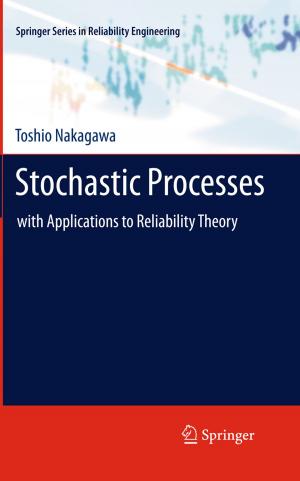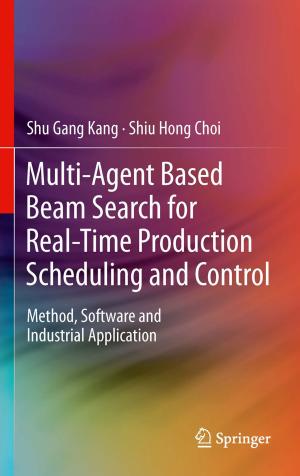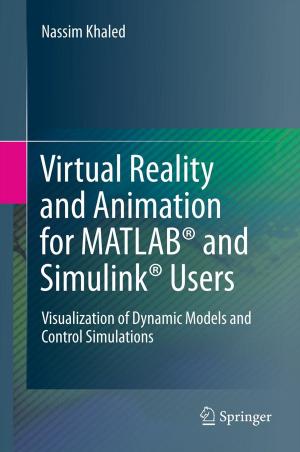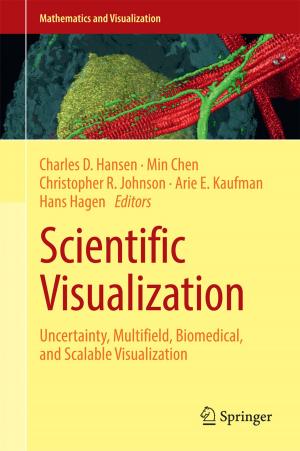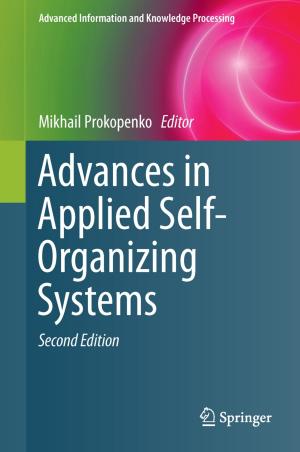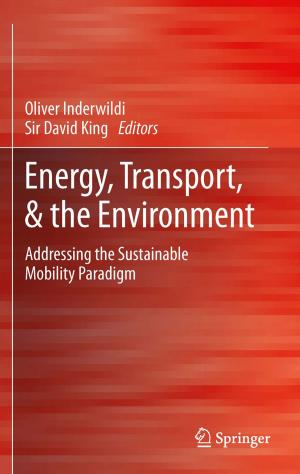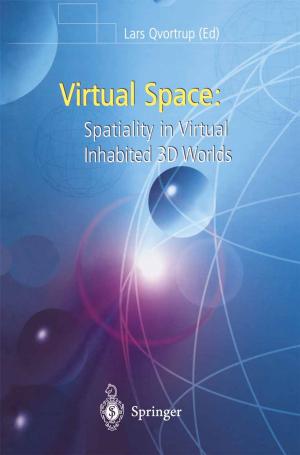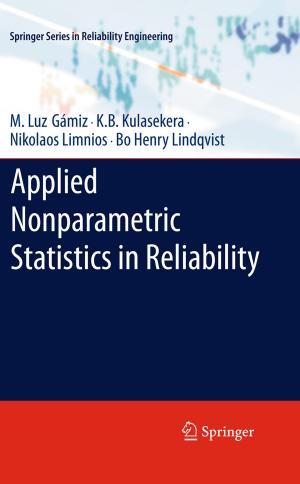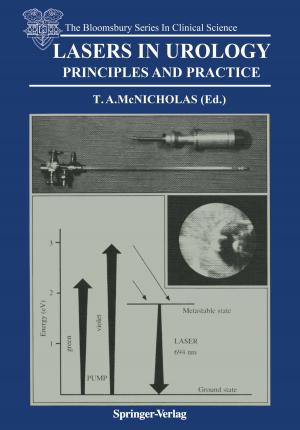Tandem Cold Metal Rolling Mill Control
Using Practical Advanced Methods
Nonfiction, Science & Nature, Technology, Automation, Manufacturing| Author: | John Pittner, Marwan A. Simaan | ISBN: | 9780857290670 |
| Publisher: | Springer London | Publication: | December 1, 2010 |
| Imprint: | Springer | Language: | English |
| Author: | John Pittner, Marwan A. Simaan |
| ISBN: | 9780857290670 |
| Publisher: | Springer London |
| Publication: | December 1, 2010 |
| Imprint: | Springer |
| Language: | English |
This book deals with a novel and practical advanced method for control of tandem cold metal rolling processes based on the emerging state-dependent Riccati equation technique. After a short history of tandem cold rolling, various types of cold rolling processes are described. A basic mathematical model of the process is discussed, and the diverse conventional control methods are compared. A detailed treatment of the theoretical and practical aspects of the state-dependent algebraic Riccati equation technique is given, with specific details of the new procedure described and results of simulations performed to verify the control model and overall system performance with the new controller coupled to the process model included. These results and data derived from actual operating mills are compared showing the improvements in performance using the new method. Material is included which shows how the new technique can be extended to the control of a broad range of large-scale complex nonlinear processes.
This book deals with a novel and practical advanced method for control of tandem cold metal rolling processes based on the emerging state-dependent Riccati equation technique. After a short history of tandem cold rolling, various types of cold rolling processes are described. A basic mathematical model of the process is discussed, and the diverse conventional control methods are compared. A detailed treatment of the theoretical and practical aspects of the state-dependent algebraic Riccati equation technique is given, with specific details of the new procedure described and results of simulations performed to verify the control model and overall system performance with the new controller coupled to the process model included. These results and data derived from actual operating mills are compared showing the improvements in performance using the new method. Material is included which shows how the new technique can be extended to the control of a broad range of large-scale complex nonlinear processes.
